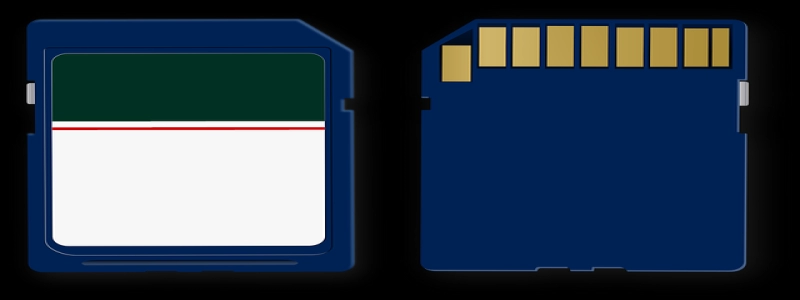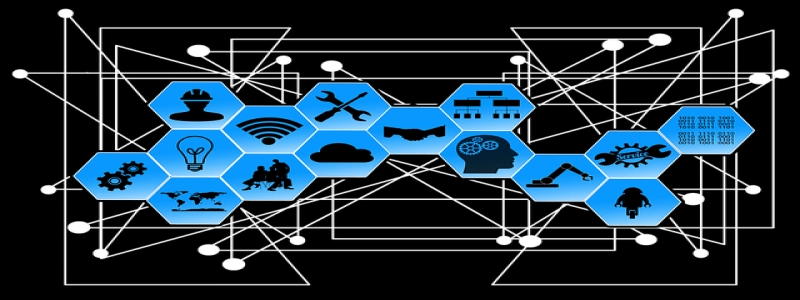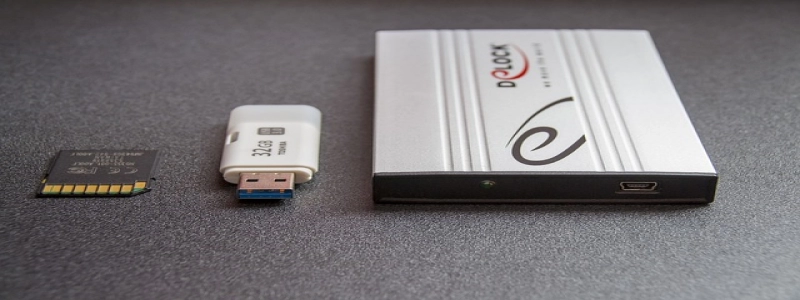Ethernet IO
Introduction
Ethernet IO, also known as Ethernet input/output, is a technology that allows for remote monitoring and control of devices through an Ethernet network. It provides a reliable and efficient way to collect data and control equipment in various industries, such as manufacturing, automation, and industrial process control.
I. What is Ethernet IO?
Ethernet IO refers to the use of Ethernet-based communication protocols to connect input and output devices in an industrial setting. It enables the transfer of digital and analog signals between sensors, actuators, and the central control system. With Ethernet IO, information can be transmitted over long distances, often reaching up to several kilometers, ensuring connectivity even in large industrial environments.
A. Digital Inputs
Ethernet IO systems typically include a number of digital input channels. These channels are used to monitor the status of various devices or sensors, providing information on their on/off state. Examples of devices connected to digital input channels include limit switches, push buttons, and presence detectors.
B. Digital Outputs
Digital output channels in an Ethernet IO system are responsible for controlling external devices or actuators. They can be used to turn on/off devices, activate alarms, or drive relays. Examples of devices connected to digital output channels include lights, motors, and solenoid valves.
C. Analog Inputs
Ethernet IO systems also feature analog inputs, which are used to measure continuous signals. These signals can be voltage or current, allowing for accurate monitoring of parameters such as temperature, pressure, or flow rates. Analog inputs are commonly used in applications that require precise control and measurement.
D. Analog Outputs
Analog outputs in an Ethernet IO system are used to control analog devices or processes. They convert digital signals from the central control system into continuous signals, which can be varied in voltage or current. Examples of devices controlled by analog outputs include variable speed drives, proportional valves, and variable frequency drives.
II. Benefits of Ethernet IO
Ethernet IO offers several advantages compared to traditional I/O systems, such as:
A. Scalability
Ethernet IO systems can easily be expanded by adding more input/output modules to the network. This scalability enables system integrators and end-users to adapt and extend their systems as their requirements evolve. It also simplifies the process of adding new devices or sensors to the network.
B. Remote Monitoring and Control
With Ethernet IO, it is possible to monitor and control devices remotely from a central control station. This eliminates the need for physical presence near the monitored equipment, reducing maintenance and troubleshooting costs. Remote monitoring also enables real-time data analysis, allowing for faster decision-making and process optimization.
C. High-Speed Communication
Ethernet IO systems provide fast communication speeds, allowing for real-time data exchange between devices on the network. This high-speed communication enhances system performance, reduces latency, and increases overall productivity. It enables the implementation of complex control algorithms and facilitates rapid response to changes in the production environment.
D. Integration with IT Infrastructure
Ethernet IO systems can easily integrate with existing IT infrastructure, making it possible to connect them to other networked devices and enterprise systems. This integration enables seamless data exchange and interoperability between different systems, improving overall efficiency and fostering a more connected industrial ecosystem.
Conclusion
Ethernet IO is a powerful technology that brings numerous benefits to industrial automation and control systems. It allows for the efficient transfer of digital and analog signals over long distances and provides scalability, remote monitoring and control, high-speed communication, and easy integration with IT infrastructure. As industries continue to digitize and embrace the Industrial Internet of Things (IIoT), Ethernet IO will play a crucial role in enabling smarter and more connected industrial processes.








